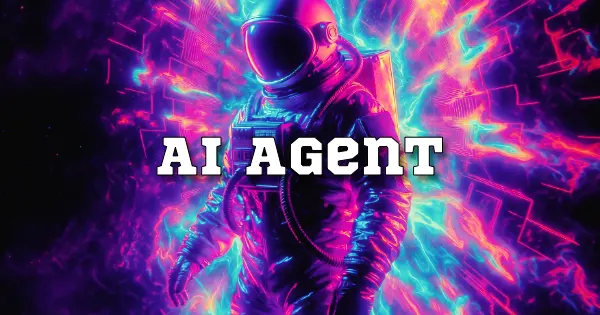Orbit Moon Alpha - AI Agent - Web APP



AI Agent

We prioritize your data security. Your account authentication is secured using the industry-standard RSA-256 encryption to ensure your privacy.




We prioritize your data security. Your account authentication is secured using the industry-standard RSA-256 encryption to ensure your privacy.